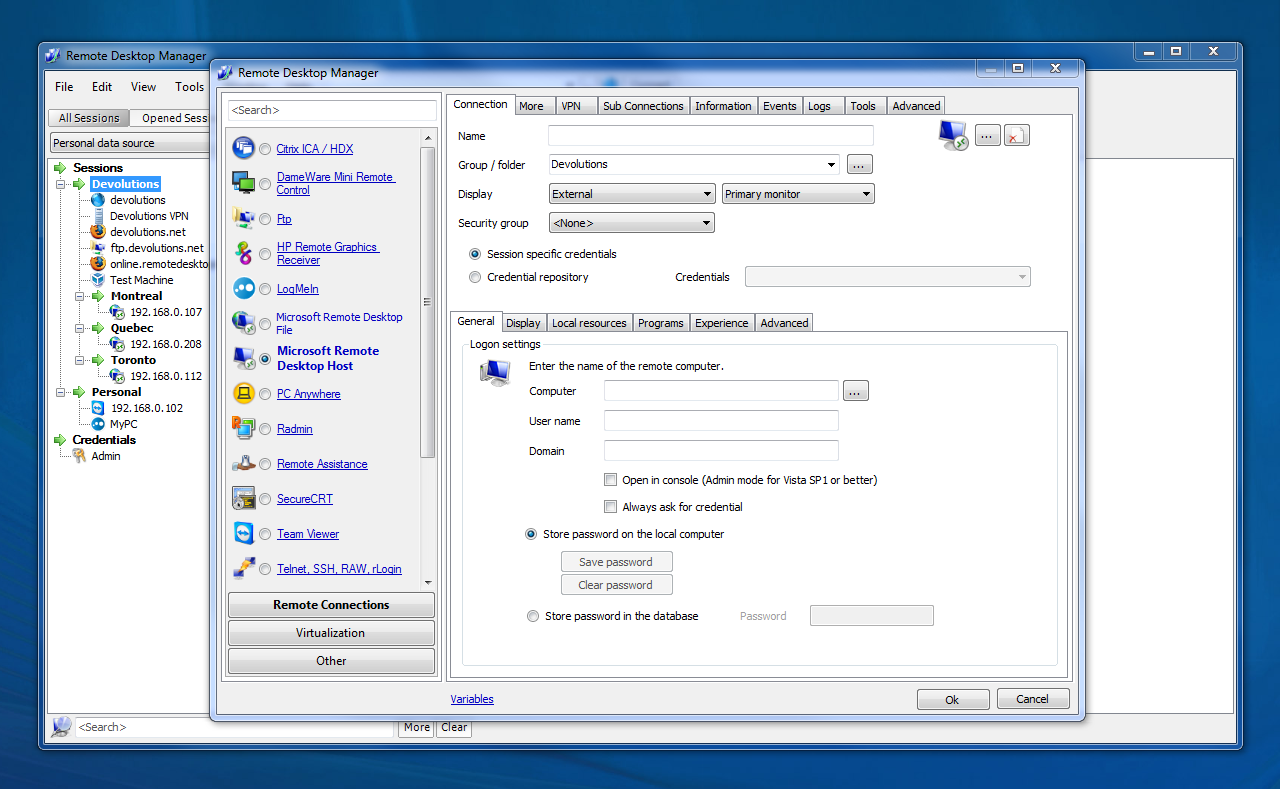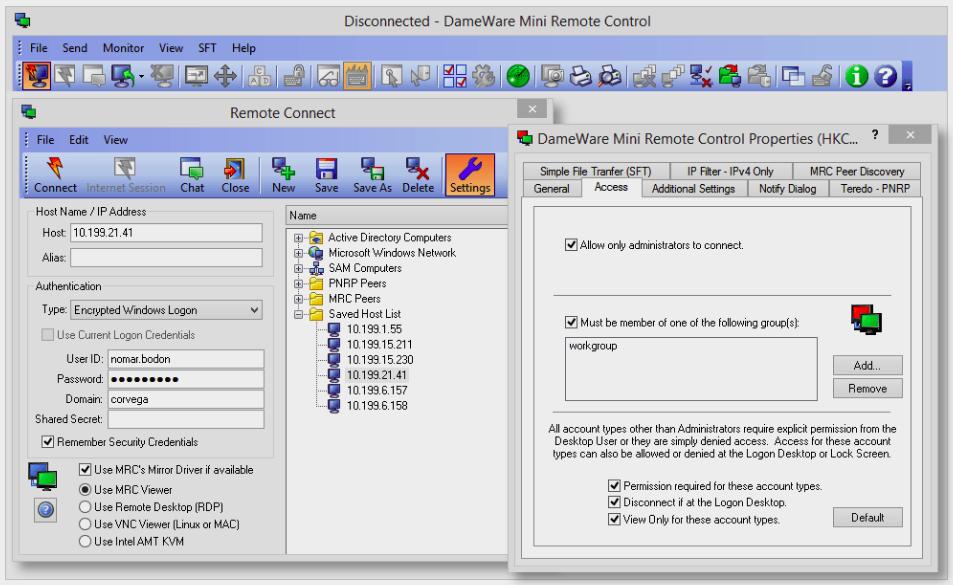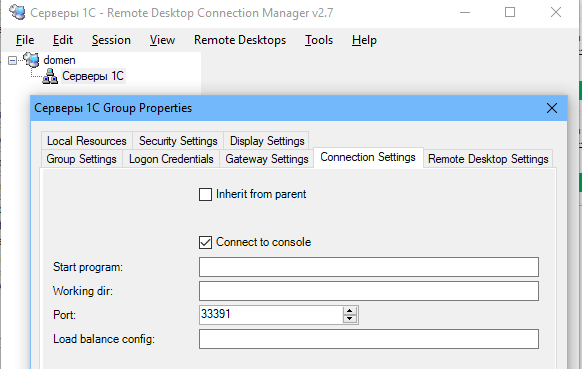

You also can choose whether using a particular account prompts for a password every connection or the password is stored. The following formats are allowed for the username: username, domain\username, or. Stored User AccountsThe client has the ability to store different accounts for use in connections.The what’s new page lists bug-fixes and added features. With the new tool, there are a number of useful features with more being added all the time.

Since RDCMan was original an internal Microsoft tool, it was decided to be discontinued and to move users to the newer Microsoft Store provided Microsoft Remote Desktop application. Unfortunately, in March of 2020, a vulnerability was discovered in the XML file format for that tool. I would recommend being extra cautious when opening an RDG file from an unknown, or unfamiliar source, as to not fall foul of the security issue.One of the most popular tools for managing multiple remote desktop connections has been the Microsoft Remote Desktop Connection Manager. So that being said, I plan on continuing to use it for now. That being said I always found myself coming back to Remote Desktop Connection Manager due to it's ease of use, and the fact it's not reliant on the App Store, which is especially useful on Server Environments which by default do not have the App Store installed. Microsoft's official stance on this, is to use a more modern tool such as the Windows App, or built in Remote Desktop Connection Client (MSTSC), stating that these newer tools receive security updates on a regular basis.

I have uploaded the installer for Remote Desktop Connection Manager v2.7 to my Google Drive for safe keeping, the link can be found below:ĭownload Remote Desktop Connection Manager v2.7

"To exploit the vulnerability, an attacker could create an RDG file containing specially crafted XML content and convince an authenticated user to open the file," Microsoft said in a security advisory for CVE-2020-0765. Recently Microsoft has discontinued this tool, due to a security bug: Back in the late 2000s Microsoft released Remote Desktop Connection Manager, which gained popularity due to not many alternatives being around at the time, this is a tool which I use regularly, as do many others.


 0 kommentar(er)
0 kommentar(er)
